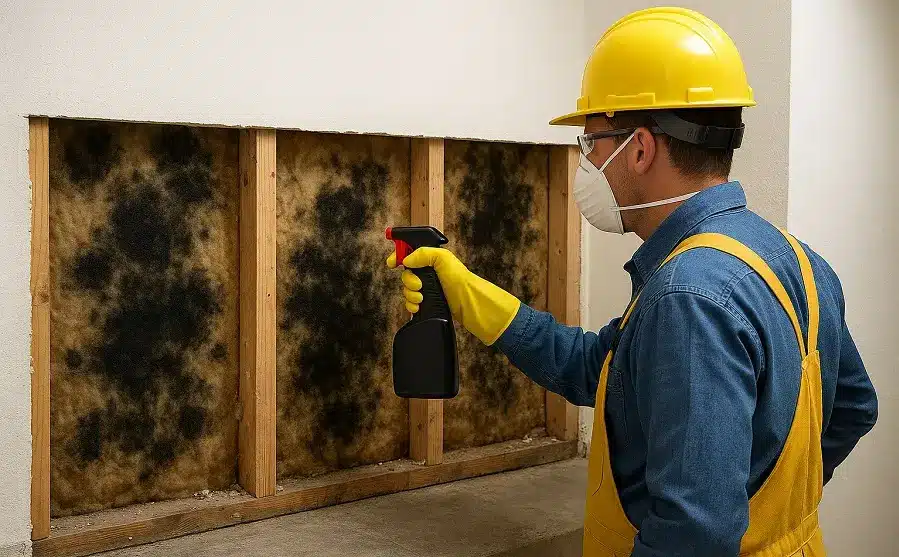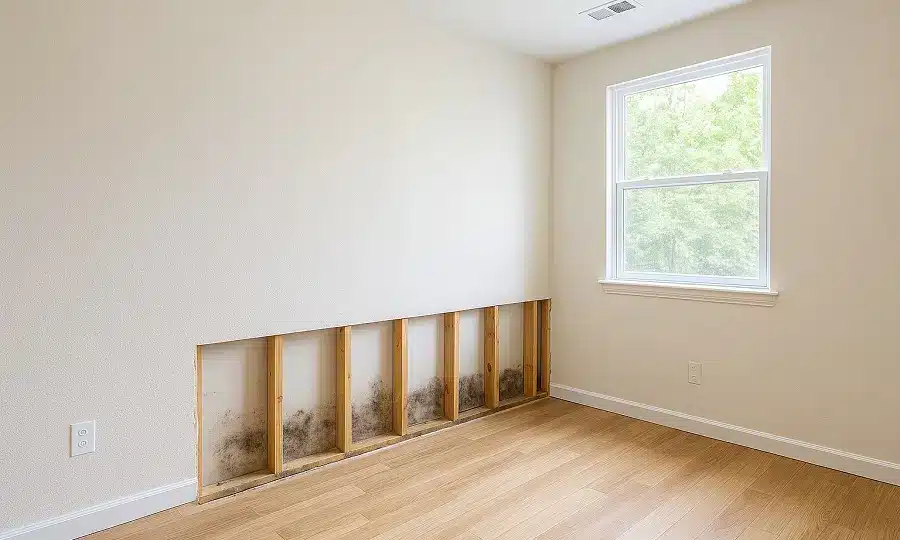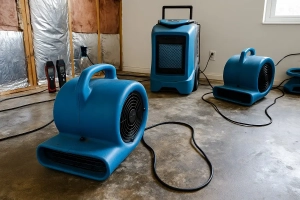Black mold is one of the most concerning problems a homeowner can face. In Portland, where moisture levels stay high for much of the year, mold growth can begin quietly and spread quickly. Many homeowners do not realize how dangerous black mold can be or how fast it can infiltrate walls, floors, and air systems. This article explores how black mold forms, how professionals remove it, and why early detection is essential.
To make this topic more relatable, we will walk through a real world case study of a Portland home that experienced severe black mold contamination. This will show the process step by step and help homeowners understand what a full restoration looks like.
Case Study: A Portland Basement With Hidden Mold
In early spring, a Portland family noticed a faint odor coming from their basement. The smell resembled wet soil or an old attic. At first, they assumed it was caused by humidity. After several weeks, they discovered discoloration on the lower section of one wall. When they pulled back a storage rack, black mold covered almost eight feet of drywall.
The homeowners immediately contacted a mold remediation company. Within hours, a team arrived to inspect the property. Moisture readings revealed that a pipe in the wall had been leaking slowly for months, creating the perfect environment for mold to grow. The situation was more serious than they expected because mold had spread behind the wall into insulation and framing.
This scenario is common in Portland. Humidity combined with unnoticed plumbing leaks often results in black mold forming behind walls long before it becomes visible.

How Professional Black Mold Cleanup Works
Black mold cannot simply be wiped away. Professional remediation involves several detailed steps.
Step 1: Containment
The affected area is sealed using plastic barriers. Negative air machines keep mold spores from spreading to other rooms. This ensures that cleanup work does not contaminate clean parts of the home.
Step 2: Removal of Mold Infested Materials
Drywall, carpet, insulation, and sometimes wood framing must be removed if mold has penetrated deeply. Cutting corners in this step allows mold to survive and return later.
Step 3: HEPA Filtration
Powerful machines filter the air, capturing mold spores and improving indoor air quality. These filters are more effective than residential air purifiers.
Step 4: Antimicrobial Treatment
Technicians treat all surfaces to prevent mold regrowth. This is especially important in Portland, where humidity can trigger mold even after cleanup.
Step 5: Reconstruction
After the home is cleared and safe, new drywall, trim, insulation, and paint restore the area to pre mold condition.
Companies like 911 Restoration work through these steps carefully, ensuring the home is not only cleaned but also protected against future mold.

A Word From the Owner
The owner of 911 Restoration shared a message that resonates with many Portland residents.
“If you see black mold, it did not start today. It started weeks or months ago, usually in a hidden place. The most important thing you can do is act quickly. Mold spreads fast and does not get better on its own. Early action saves families money and protects their health.”
Prevention Tips for Homeowners
Preventing black mold starts with managing moisture. While no method guarantees mold will never return, the following steps significantly reduce risk:
- Keep humidity levels under control with dehumidifiers.
- Inspect plumbing fixtures regularly.
- Improve ventilation in bathrooms and kitchens.
- Check crawlspaces and basements for dampness.
- Repair roof leaks quickly.

Conclusion
Black mold cleanup in Portland requires seriousness and immediate attention. Mold spreads quickly, affects health, and damages structures. Professional remediation offers complete removal, proper containment, and long term protection. By staying alert to early signs and maintaining moisture control, homeowners can keep their properties safe and healthy.



